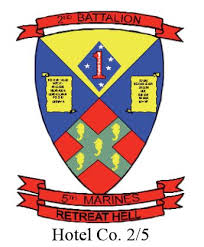US combat and combat support operations were conducted in Vietnam. Direct U.S. involvement in the Vietnam conflict increased steadily from advisory in 1962 to full blown war tactics through 1969 when the U.S. began scaling down its troops in favor of Vietnamization through improving the Republic of Vietnam Armed Forces. Combat operations in later years in the Vietnam War, 1970 – 1975, were tailored to assist supporting the South Vietnam’s ARVN, U.S. troop protection, and withdrawing from the war.
Military operations is a concept and application of military science that involves planning the operations for the projected maneuvering forces’ provisions, services, training, and administrative functions—to allow them to commence, insert, then egress from combat. The operations staff plays a major role in the projection of military forces in any wide spectrum of conflict; terrestrial, aerial, or naval warfare needed to achieve operational objectives in a theater of war.
The general staff of military operations deals with the planning, process, collection, and analyzing of information. Its major function is responsible in the allocating of resources and determining time requirements. It is combined with other military staff sections to achieve its primary principles in employment of military forces and materiel to meet specific missions. In 1968-1972, these planners were located in DaNang at the 1st Marine Division Headquarters, and in An Hoa at the 5th Marine Regiment level. The Battalion level were allowed to recommend an operation and even make final adjustments prior to executing the military operation.
The operations staff have distinct cyclic process features that are essential for military operations to progress:
• Conception through identification of specific goals or objectives
• Intelligence gathering and analysis to identify enemy capability to resist
• Planning of military force and its use
• Administration of mobilization, equipping, training and staging of forces
• Commencement of the operation, and achieving of initial tactical mission objectives
• Defeating the larger enemy forces in their operational depth
• Ending the operation whether the strategic goals have been achieved or not

